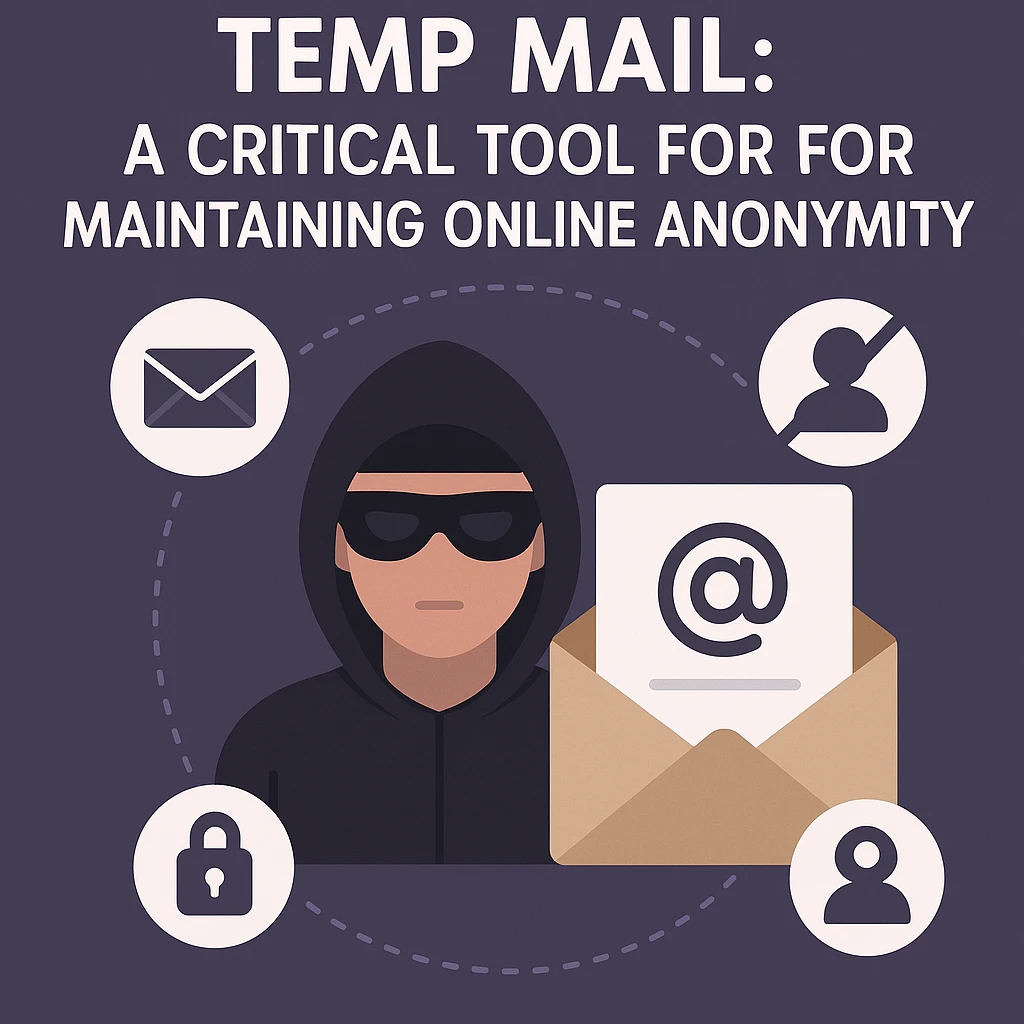Digital finance has been transformed by the emergence of cryptocurrencies, which provide decentralized transactions, quick payments, and investment opportunities. But the rise of cryptocurrency has also drawn con artists hoping to take advantage of gullible investors. Fraudulent schemes cost billions of dollars in 2023 alone, and the figures are still growing.
Knowing common cryptocurrency scams is essential for safeguarding your money, regardless of your level of experience. The most common cryptocurrency frauds, warning signs to look out for, and safety tips will all be covered in this tutorial.
1. Phishing Scams: The Silent Wallet Killer
What Is a Crypto Phishing Scam?
Phishing scams are online attacks in which scammers deceive victims into disclosing their passwords, private keys, or seed phrases. These frauds frequently take the shape of emails, phony websites, or social media posts that mimic trustworthy cryptocurrency platforms.
How It Works
-
An email sent by a scammer poses as coming from a reliable exchange, such as Coinbase or Binance.
-
A link in the email takes the victim to a phony website that appears exactly like the real one.
-
By entering their private key or login information, the user unintentionally grants the scammer complete access to their wallet.
-
The hacker instantly takes the victim's money.
Red Flags & How to Avoid It
✅ Check email senders carefully—Reputable businesses won't request private keys or passwords.
✅ Look at the website URL—False ones could contain minor spelling errors, such as "coínbase.com" rather than "coinbase.com."
✅ Use two-factor authentication (2FA) to protect your accounts.
✅ Never enter your private key or seed phrase online—a real exchange will never ask for it.
2. Fake Giveaways & Celebrity Impersonation Scams
What Is a Crypto Giveaway Scam?
False giveaways are made by scammers that promise to refund twice or treble the amount of cryptocurrency you send them.
How It Works
-
A phony social media account posts a giveaway while posing as a firm (Tesla, Binance) or a celebrity (Elon Musk, Vitalik Buterin).
-
According to the post, anyone who gives 0.1 Bitcoin or 1 Ethereum would receive twice as much money back.
-
Victims send money in the hopes of receiving it back, but they never do.
-
The victim gets blocked or the scammer vanishes.
Red Flags & How to Avoid It
✅ No real giveaway will ask for your money first.
✅ Verify official social media accounts—look for verification badges.
✅ Check previous posts—scammers often have few or recent posts.
✅ Ignore too-good-to-be-true offers—crypto giveaways are almost always fake.
3. Rug Pull Scams: The Fake Crypto Project Trap
What Is a Rug Pull?
When developers introduce a phony token, market it heavily, and then abruptly take all of the money away, leaving investors with worthless tokens, this is known as a rug pull.
How It Works
-
A new token is made by developers and promoted on Reddit, Telegram, and Twitter.
-
To generate enthusiasm for the initiative, they collaborate with influencers.
-
The price increases as investors buy in.
-
The developers crash the price to zero by selling off all of their tokens and going missing.
Red Flags & How to Avoid It
✅ Check if liquidity is locked—rug pulls often have unlocked liquidity pools.
✅ Look for audits—use tools like CertiK to verify the project’s security.
✅ Research the team—if the developers are anonymous, proceed with caution.
✅ Be skeptical of high returns in a short time—if it seems too good to be true, it probably is.
4. Ponzi & Pyramid Schemes: Fake Investment Platforms
What Is a Crypto Ponzi Scheme?
Ponzi schemes use money from new investors to compensate their early investors, who are promised large returns. When these schemes fail, late participants are left with nothing.
How It Works
-
A platform provides daily profits on cryptocurrency investments, such as 10% daily.
-
When early investors get the profits they were promised, trust grows.
-
Although more people invest, the scheme only uses the funds of new participants.
-
The plan eventually fails and investors lose everything as hiring slows down.
Red Flags & How to Avoid It
✅ No real investment guarantees fixed high returns.
✅ Research the company’s revenue source—if it depends on new investors, it’s a scam.
✅ Be cautious of multi-level marketing (MLM) crypto projects—they often disguise Ponzi schemes.
✅ Avoid platforms that push aggressive referrals.
5. Pump-and-Dump Schemes: Market Manipulation Scams
What Is a Pump-and-Dump Scam?
When a group of investors inflates the price of a token, attracts more buyers, and then sells everything at a peak, the price crashes. This is known as a pump-and-dump scheme.
How It Works
-
A group on Telegram, Discord, or Reddit picks a low-market-cap token.
-
When they all purchase in bulk, the price rises.
-
New investors buy in because they are afraid of missing out.
-
Others suffer losses as a result of the scammers' selling of everything, which drives down the price.
Red Flags & How to Avoid It
✅ Avoid new tokens with sudden price jumps without fundamental reasons.
✅ Check trading volume—low-volume tokens are easier to manipulate.
✅ Be skeptical of hype on social media urging you to buy immediately.
6. Fake Crypto Exchanges & Wallets
What Are Fake Exchanges?
Scammers create fake crypto exchanges that appear legitimate but steal user deposits.
How It Works
-
Others suffer losses as a result of the scammers' selling of everything, which drives down the price.
-
While users can deposit money, they are unable to withdraw it.
-
After a while, the website vanishes, stealing consumers' money.
Red Flags & How to Avoid It
✅ Use well-known exchanges (Binance, Coinbase, Kraken).
✅ Check reviews and security audits before using a new platform.
✅ Avoid platforms with no regulatory oversight.
7. Malware & Clipboard Hijacking
What Is Crypto Malware?
Hackers can steal private keys or reroute transactions to their own wallets when malicious software infects a user's device.
How It Works
-
An infected file, frequently masquerading as a crypto tool, is downloaded by the user.
-
Copies of wallet addresses are altered by the malware.
-
Unknowingly, the victim transfers cryptocurrency to the hacker's wallet.
Red Flags & How to Avoid It
✅ Use a hardware wallet for large amounts.
✅ Double-check wallet addresses before sending funds.
✅ Install antivirus software and scan devices regularly.
8. NFT Scams: Fake Digital Assets
What Are NFT Scams?
Fraudsters fabricate NFT collections to deceive consumers into buying useless assets.
How It Works
-
Fake NFTs can be found on social media, Rarible, or OpenSea.
-
Scammers use fake bids to inflate prices.
-
The NFT is bought by buyers, but it is worthless.
Red Flags & How to Avoid It
✅ Buy from verified NFT collections on reputable platforms.
✅ Research project founders and roadmaps before investing.
✅ Avoid projects with no clear use case.
Final Thoughts: Stay Safe in Crypto
With crypto scams on the rise, always:
✅ Do your own research (DYOR) before investing.
✅ Use trusted wallets and exchanges.
✅ Never share private keys or seed phrases.
✅ Be skeptical of high-return promises.
By staying informed and practicing security measures, you can protect yourself and safely navigate the world of cryptocurrency. 🚀




